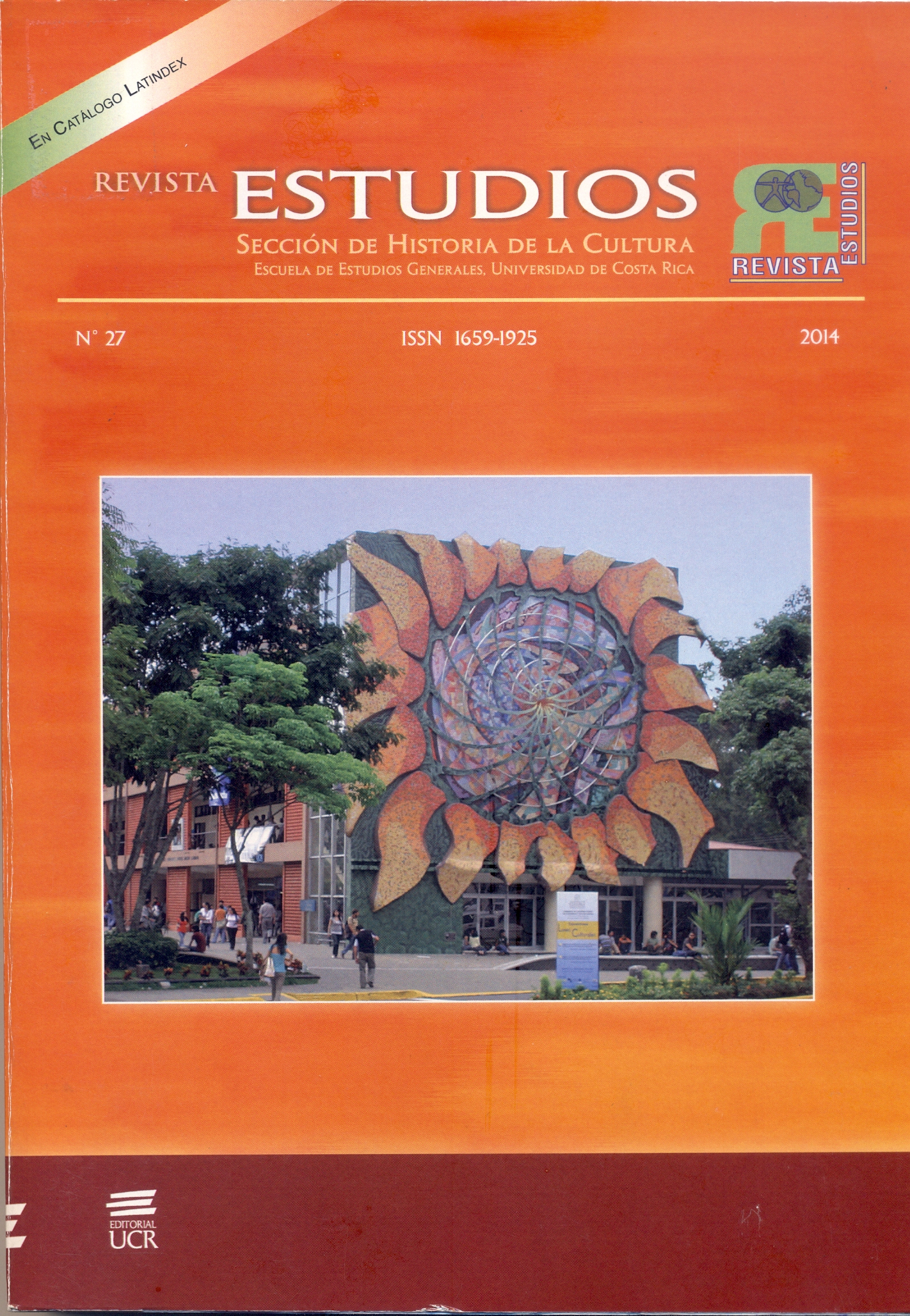Abstract
The present work is aimed at discussing, from the perspective of art history, the main issues regarding the evolution of the idea of childhood in Western Europe. From the 15th to the 20th century the representation of children is the expression of the symbolic function of the child. In every image, childhood is a metaphor of the divine, of power, of patriotism or a metaphor of the artist himself. The political thought of the Age of Enlightenment, the new education theories and the modern nostalgia for paradise lost would shape a new image of the child, the eternal stranger.
References
Bibliografía
Allard, Sébastien(2011) Laneyrie-Dagen Nadeije y Pernoud, Emmanuel. L’enfant dans la peinture, Paris: Citadelles & Mazenod,
Baudelaire, Charles (1900)Les paradis artificiels, Paris: Editions Baudinière.
Baudelaire, Charles (1885) Œuvres complètes,Vol.III L’Art romantique, Paris: Calmann Lévy.
Clair, Jean (1996)Les métamorphoses d’Eros, Paris: Réunion des Musées Nationaux.
Clair, Jean (1999)Balthus: catalogue raisonné de l’œuvre complet, Paris: Gallimard.
Fröbel, Friedrich (1826)Die Menschenerziehung, Keilhau-Leipzig: Wienbrack, 1826.
Rousseau, Jean Jacques (1792)Emile ou De l’Education, Paris: Duchesne.
Gauguin, Paul(1893)Entretien avec Paul Gauguin, in L’echo de Paris, 1erode mayo.
Gauguin, Paul (1992) Lettres à sa femme et à ses enfants, Escogidas, anotadas y comentadas por Maurice Malingue, Paris: Grasset.
Gauguin, Paul (1995) Lettre à Daniel de Monfreid, citado por Marc le Bot en su prefacio para Noa Noa, Paris: Editions Assouline,.
Gauguin, Paul (1984)Correspondance de Paul Gauguin, documents, témoignages, Tomo I: 1873-1888, editado por Victor Merlhès, Paris: Fondation Singer-Polignac.
Meyer, Louis (2003) En Gauguin, Diverses choses(1896-1898), citado por Meyer en «La découverte de l’Océanie», L’œil,Gauguin à Tahiti, Hors série, Paris

